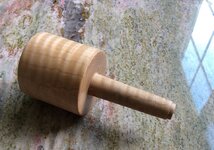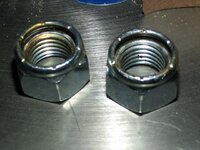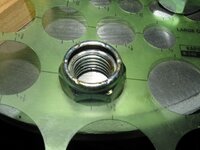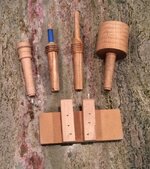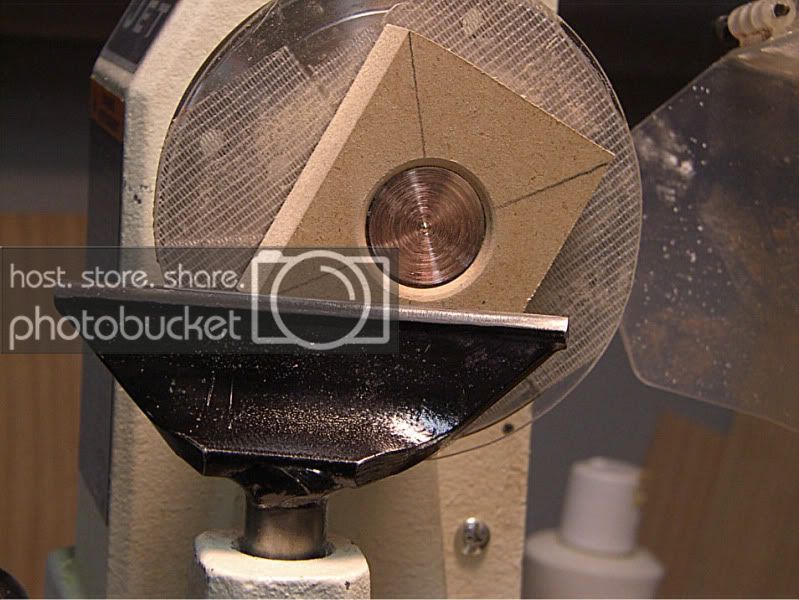I love using a disk sander on my lathe. However, sometimes I want to use 40 grit, sometimes 180 depending on how much material I want top remove and whether the sanded surface will be exposed.
Here's the question, I would think the adhesive (non hook and loop aka Velcro) would furnish a more square cut than the hook and loop variety given the compressible fabric (Velcro) in between the disk and the abrasive.
Thoughts?
Yes, I can create another sanding disk, but can't change that that as fast as a Velcro backed abrasive. I also may want to use other grits.
Thank you!
Here's the question, I would think the adhesive (non hook and loop aka Velcro) would furnish a more square cut than the hook and loop variety given the compressible fabric (Velcro) in between the disk and the abrasive.
Thoughts?
Yes, I can create another sanding disk, but can't change that that as fast as a Velcro backed abrasive. I also may want to use other grits.
Thank you!

